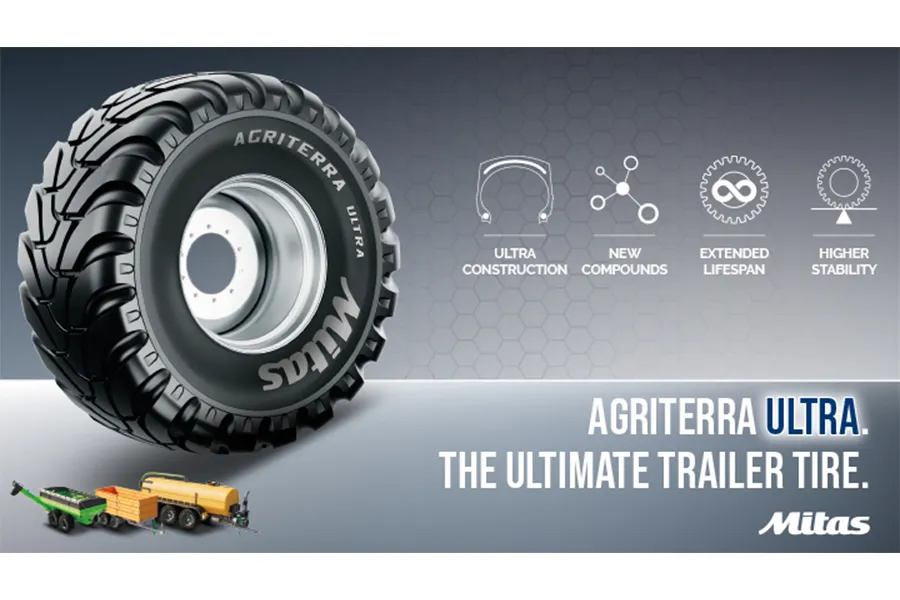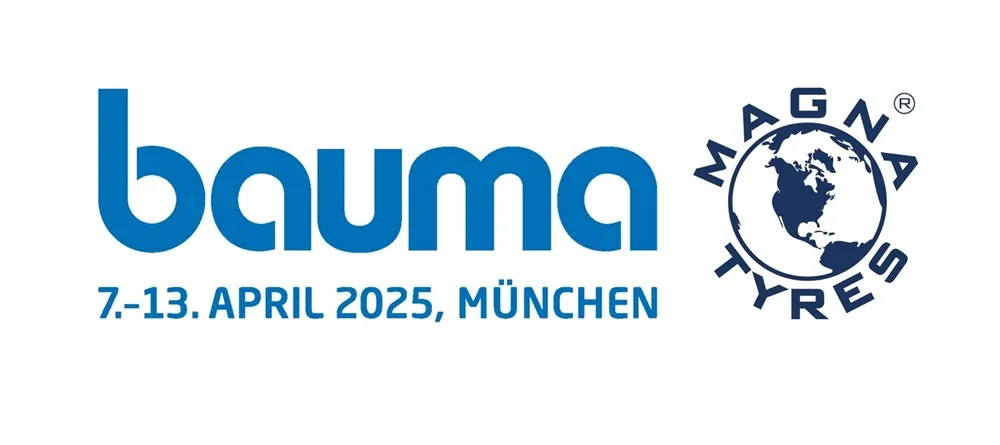Michelin has issued special guidance for bus and coach operators parking public service vehicles (PSVs) for extended periods during the COVID-19 pandemic.
Michelin Delivers Guidance During COVID-19 Pandemic
Rob Blurton, Michelin’s most senior technical field engineer in the UK and Ireland, has detailed steps to follow before laying up vehicles, along with advice on periodic inspections and preparing vehicles to re-enter service.
He advises: “No tyre is designed to carry the weight of a parked vehicle indefinitely, so it’s essential operators follow guidance to ensure vehicles can be quickly returned to service when conditions allow, and without the need to replace tyres unnecessarily.”
To prepare a vehicle for extended parking, Blurton advises all tyres should be inspected for visible damage (such as cuts or bulges) and abnormal wear, and cold tyre inflation pressures checked for all tyre positions.
If the pressure checks reveal tyres under-inflated by up to 14psi, check for any visible cause and if nothing is found, the tyre should be inflated to the recommended level following the standard methods of safe working. If under-inflated by more than 14psi, arrange for the tyre to be demounted and inspect the interior for signs of internal damage, such as mottling and creasing. If mounted in a twinned configuration, the twinned assembly should also be demounted and inspected. Operators should also ensure each valve is fitted with an appropriate valve cap.
Every four months a vehicle should be driven around the yard where possible – or if space is at a premium and vehicles cannot be moved, the tyres should be rotated a quarter turn. However, before any vehicle is moved, check visually for signs of under-inflation and if a tyre is deemed to require attention, follow the same guidance as previously stated.
Before commissioning any PSV back into operation, check the cold tyre inflation pressure of all tyres and adjust in line with the tyre manufacturer’s guidance.
Commenting on the advice, Blurton says: “The very notion of parking vehicles for extended periods is unfamiliar for most operators, with the exception perhaps of heritage vehicles and open-top buses during the colder months. However, these are important steps and will help to protect the condition of the tyres and ensure vehicles remain ready to get back to work.”








